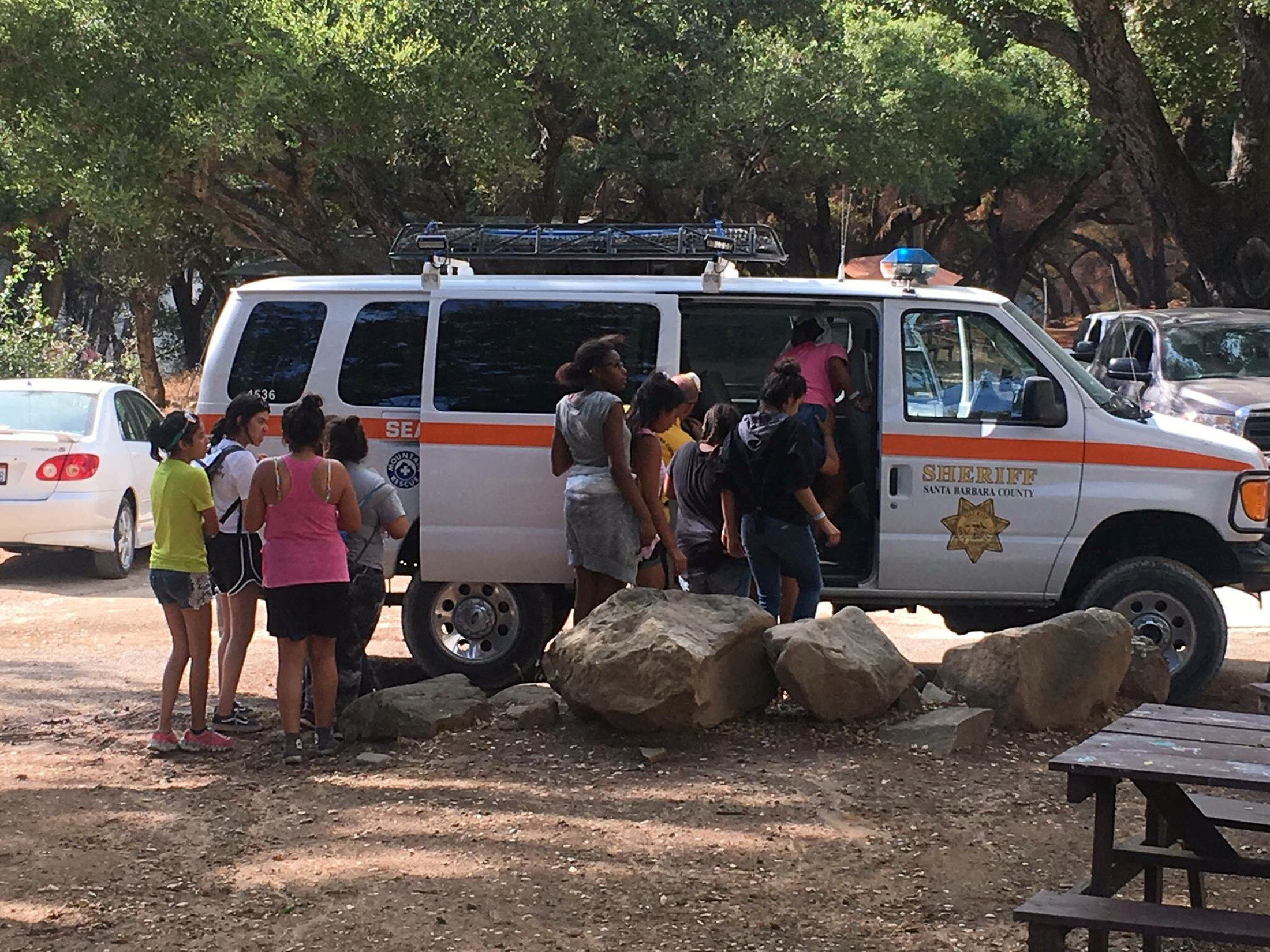
(Reuters) – More than 3,000 firefighters on Thursday battled a raging wildfire in central California that has destroyed 29 structures and forced thousands to flee their homes as it threatened a picturesque gold rush town outside Yosemite National Park.
Just seven percent of the Detwiler Fire has been contained as it threatens the town of Mariposa and tiny communities in the foothills of the Sierra Nevada mountains, the Cal Fire state agency said on its website.
“Everybody’s heart is in the game,” Battalion Chief Jeremy Rahn told a community meeting on Wednesday night, noting that about 3,100 firefighters from across the region were battling the blaze, according to the Fresno Bee newspaper. “We are totally invested in this.”
The blaze has mushroomed to 48,000 acres (19,424 hectares), an increase of about 23,000 acres (9,307 hectares) compared to the day before. The fire has destroyed 29 structures and damaged five others as it threatens some 1,500 more structures, according to the California Department of Forestry and Fire Protection, or Cal Fire.
The small communities of Coulterville and Greeley Hill were ordered evacuated on Wednesday.
Mariposa’s 2,000 residents were told to leave town on Tuesday after its power and water links were damaged. In total, nearly 5,000 people are under orders to vacate their homes, officials said.
The town’s hospital, called the John C. Fremont Healthcare District, and its 14 patients did not evacuate, at the advice of fire officials, said the facility’s interim CEO Matthew Matthiessen.
The California blaze was among 37 active large fires spread across 12 western states as of Wednesday, according to the National Interagency Fire Center’s website.
Governor Jerry Brown declared a state of emergency for Mariposa County on Tuesday, dispatching resources to the area.
(Reporting by Brendan O’Brien in Milwaukee; Editing by Chizu Nomiyama)















